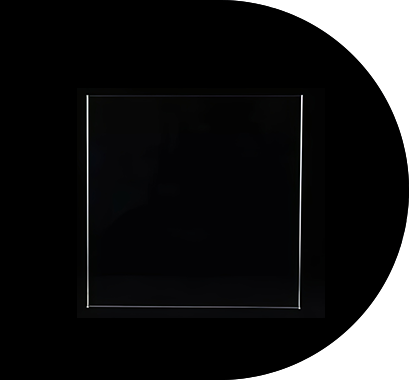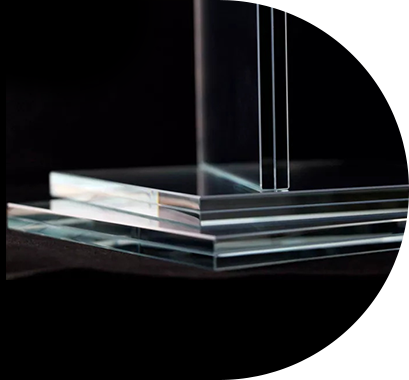Museum laminated glass plays a crucial role in the security of valuable collections by offering several protective features that help safeguard exhibits from theft, vandalism, and accidental damage.
1. Increased Strength and Durability
Laminated glass is made by bonding multiple layers of glass with an interlayer (such as PVB or EVA), which significantly enhances its strength compared to single-pane glass. This multi-layer construction makes it more difficult to break, providing a higher level of protection against forced entry, tampering, or impacts.
Resistance to Shattering: In the event of an attempted break-in, laminated glass holds together due to the interlayer, even if the glass is cracked or shattered. This prevents easy access to the valuable items within the display cases or barriers.
Protection Against Vandalism: The glass resists scratches and damage, ensuring that vandals or accidental impacts do not easily damage the display or exhibit.
2. Deterrence Against Theft
Laminated glass can act as a deterrent to thieves because it requires significantly more effort and time to breach compared to traditional glass.
Time Delay: The interlayer in laminated glass makes it harder to break through, giving museum security more time to respond in the event of a break-in attempt. This delay reduces the likelihood of a successful theft.
Visible Barrier: Knowing that laminated glass is stronger and more difficult to breach, potential thieves may be deterred from attempting to access the exhibit.
3. Improved UV Protection
Many valuable collections, particularly artwork and historical artifacts, are sensitive to ultraviolet (UV) light, which can cause fading and degradation over time. Laminated glass often includes UV-filtering properties that block a significant percentage of harmful UV radiation.
Preservation of Artworks: By preventing UV exposure, laminated glass helps to protect artworks, textiles, and other sensitive materials from damage, reducing the risk of irreversible deterioration due to light exposure.
4. Security Features for Display Cases
Laminated glass is often used in display cases, where it not only provides physical protection but also serves as an added layer of security through its interaction with other safety systems.
Tamper Resistance: Display cases made with laminated glass are more resistant to tampering and unauthorized access. The strength of the glass, combined with secure locking mechanisms, enhances the safety of the exhibit.
Anti-Theft Integration: Some museum laminated glass is designed with integrated anti-theft features, such as sensors or alarms that are triggered if the glass is disturbed or broken, further enhancing security.
5. Minimizing Glass Breakage Risk
Since the layers of glass in laminated glass are bonded together, the risk of glass shards falling or scattering in the event of breakage is significantly reduced. This is particularly important in environments where visitors are present.
Visitor Safety: In the event of accidental breakage, laminated glass minimizes the risk of injury to visitors or staff by holding the fragments in place, reducing the chance of sharp edges being exposed.

6. Fire Safety and Structural Integrity
Laminated glass provides additional protection in the event of a fire, as the interlayer can help the glass maintain its integrity for longer periods of time compared to standard glass.
Fire Resistance: Although not fully fireproof, laminated glass can help prevent the rapid spread of flames or smoke by maintaining a barrier for a longer duration, contributing to the overall safety of the museum and its collection during an emergency.
7. Enhanced Visual Protection
Laminated glass can be made with anti-reflective coatings and optical clarity features that enhance the visibility of the exhibits while still maintaining a high level of security.
Clear Viewing: Visitors can enjoy unobstructed views of the collections, while the glass provides a strong protective barrier. This dual functionality ensures that the artwork is both visible and secure.
8. Reduced Risk of Theft During Transport
When artworks or valuable items are moved within or outside the museum for exhibition, the use of laminated glass in transportation cases ensures that the items are securely protected during transit, reducing the risk of damage or theft.





